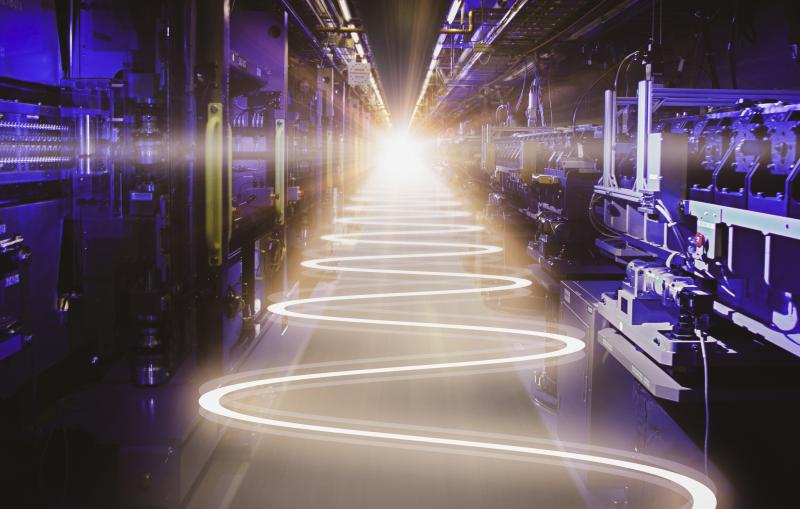Illustration
SLAC’s newly upgraded Linac Coherent Light Source (LCLS) X-ray free-electron laser (XFEL) successfully produced its first X-rays, creating unparalleled capabilities that will usher in...

SLAC’s newly upgraded Linac Coherent Light Source (LCLS) X-ray free-electron laser (XFEL) successfully produced its first X-rays, creating unparalleled capabilities that will usher in...
